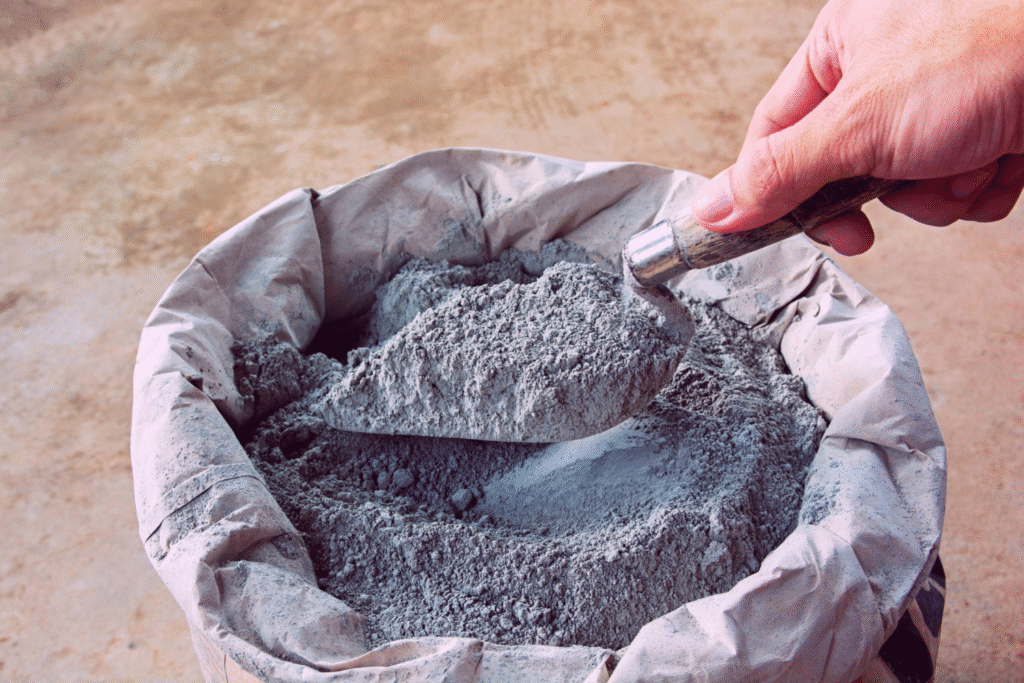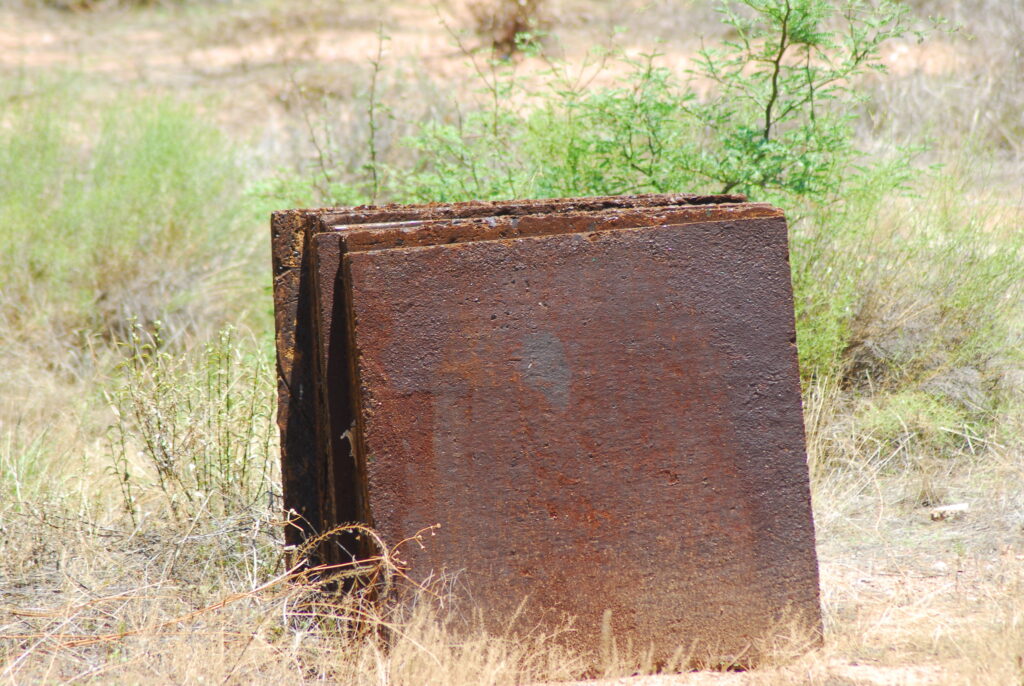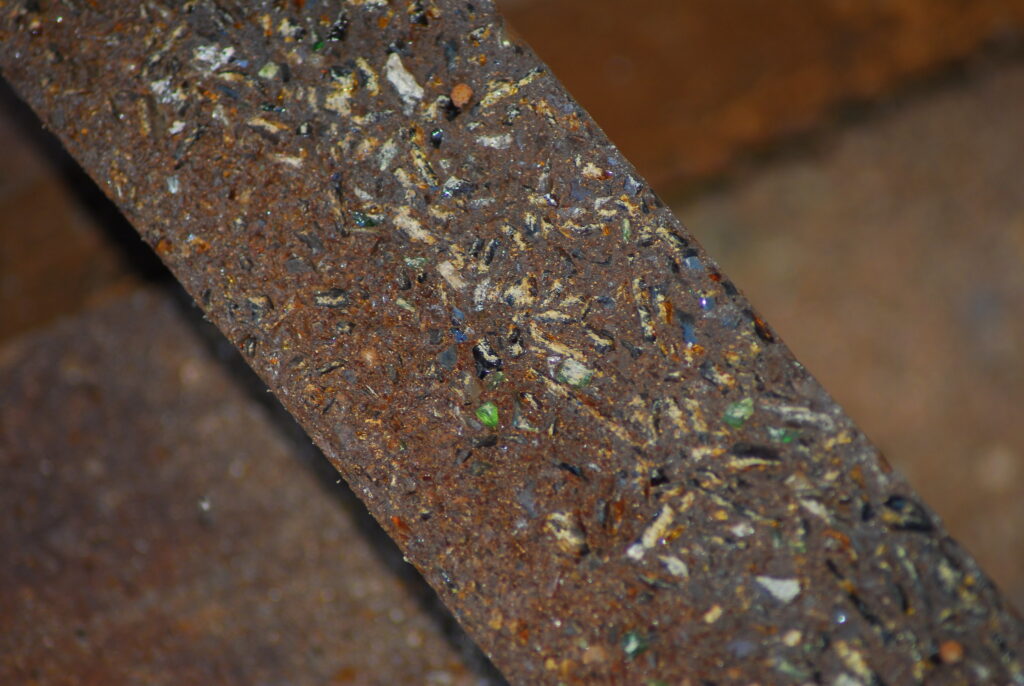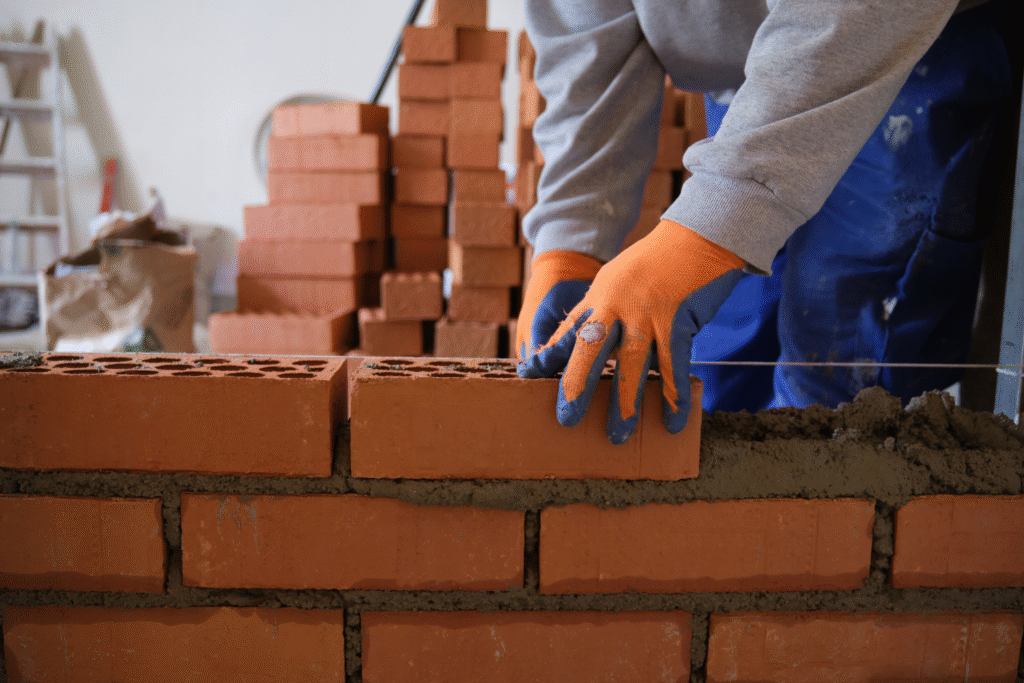Unexpected discovery reshapes the future of construction.

A simple miscalculation in a materials science lab paved the way for a new building material that outperforms standard concrete in strength, durability and sustainability. What began as a failed experiment evolved into a binder that absorbs carbon dioxide rather than emits it and uses industrial waste as raw ingredients. Here are ten key insights tracing how one slip-up became a potentially transformative force in construction, showing implications from waste management to global infrastructure and environmental impact.
1. A lab error uncovered a stronger bind than standard cement.

During experiments at the University of Arizona a doctoral student blended steel dust with fly ash in the wrong ratio and found the mixture hardened into an unexpectedly rigid material. According to Tech Launch Arizona, that material, later named Ferrock, showed higher compressive strength than conventional cement and better resistance to bending and cracking. This serendipitous outcome flipped assumptions in construction research, proving that waste-based materials could outperform legacy goods. What began as a failed test turned into proof that accidents can yield far more than intended results.
2. The new material absorbs carbon instead of releasing it.

Rather than emitting CO₂ during its fabrication and curing, this novel binder actually takes in carbon dioxide from the air as it sets and becomes stronger, reported by Gizmodo. That reversal of the usual carbon profile means structures built with this material could help offset emissions rather than add them. By transforming a manufacturing challenge into an environmental benefit the innovation strongly aligns structural performance with sustainability. The idea that a building material can absorb climate-impacting gas changes how engineers and architects might select materials going forward.
3. Durability tests proved the material outlasts concrete.

Laboratory studies revealed that structures made with the waste-based binder resist cracking, spalling and environmental degradation far better than standard concrete, as discovered by Impact Lab. The internal chemistry creates dense crystalline phases that fill micro-voids and resist corrosion even in harsh environments like salt water exposure. Over time the advantage grows: less maintenance, fewer repairs and longer lifetimes for bridges and buildings. This means the real cost-benefit extends beyond initial strength into lifecycle savings and resilience across decades of service.
4. Industrial waste became the key ingredient for innovation.

Rather than sourcing virgin materials the breakthrough relies on steel-dust and fly-ash, waste products from steel mills and coal-burning power plants. By giving these by-products a valuable second life the discovery tackles two large issues at once: managing industrial waste and reducing resource extraction. The ripple effect is considerable: fewer landfills, lower demand for new raw materials and an incentive to link construction with manufacturing waste streams. As the material moves toward commercialisation this circular-economy model may redefine how industry views “waste” altogether.
5. The mistake set off a wave of new material research.

Once the binder’s potential became clear, other research teams globally began exploring similar waste-based, carbon-absorbing materials. Collaboration between material scientists, environmental engineers and architects accelerated. The narrative shifted from a solitary discovery to a broader movement that questions standard formulas, experiments with unconventional inputs and rethinks building systems. What started as a one-off lab accident triggered a cascade of innovation, expanding into composites, modular components and even 3D-printing materials derived from recycled industrial streams.
6. Engineers are exploring how to scale the production process.

Moving from lab to site is never simple—particularly when sourcing consistent quantities of waste steel dust, controlling quality, and managing chemical reactions at scale. Pilot plants are being configured to test manufacturing viability and cost-effectiveness. Engineers are developing supply-chain partnerships with steel producers and power plants to ensure feedstock reliability. If the material can be produced at scale and certified for building codes, then the initial breakthrough might leap into full-scale infrastructure projects. The scalability only adds urgency to early trials and industrial collaborations.
7. Construction codes will need to adapt to new standards.

New materials demand updated regulatory frameworks and building standards. Codes that have been written around conventional concrete may not adequately measure performance metrics for the new binder—especially its carbon-absorption, durability under extreme loads and waste-based sourcing. Policymakers, certification bodies and construction associations must define testing protocols, long-term performance benchmarks and approval pathways. The research story now must intersect with legal and professional practice if the material is to become mainstream rather than experimental in niche projects.
8. Environmental impact goes far beyond carbon savings.

Because the binder uses recycled inputs and absorbs CO₂ it offers environmental benefits across multiple fronts: reducing landfill burden, lowering emissions, cutting resource extraction and extending infrastructure life. That multiplicative effect suggests the material could shift entire industry profiles rather than just one building at a time. From lifespan extension of bridges to repurposing industrial waste flows the innovation reframes construction as an engine of circularity instead of consumption. In a world grappling with climate, resource and waste challenges this kind of material offers integrated solutions.
9. A small mistake reminds scientists to embrace curiosity in research.

Despite the surprising outcome, the breakthrough originated from a simple oversight in the lab and a willingness to investigate when things didn’t go as planned. That highlights how discovery often follows deviation rather than strict adherence to expectations. This story encourages researchers to monitor anomalies, question unintended results and keep curiosity alive even amid tight deadlines and budgets. In materials science especially this mindset may unlock other breakthroughs that conventional approaches would dismiss. The lesson: mistakes can be paths not just to failure but to innovation.
10. A new era of sustainable infrastructure may be taking shape.

If this waste-based, carbon-absorbing material reaches commercial scale and regulatory acceptance the built environment could change dramatically. Future buildings and infrastructure might be designed not just for durability but for carbon capture, waste reuse and extended service life. The narrative expands from one material to an architecture of sustainability, where choice of binder carries environmental identity. Infrastructure may no longer just stand—it could actively contribute to planetary health while serving societies. This is the long-term payoff from a very unexpected start.
